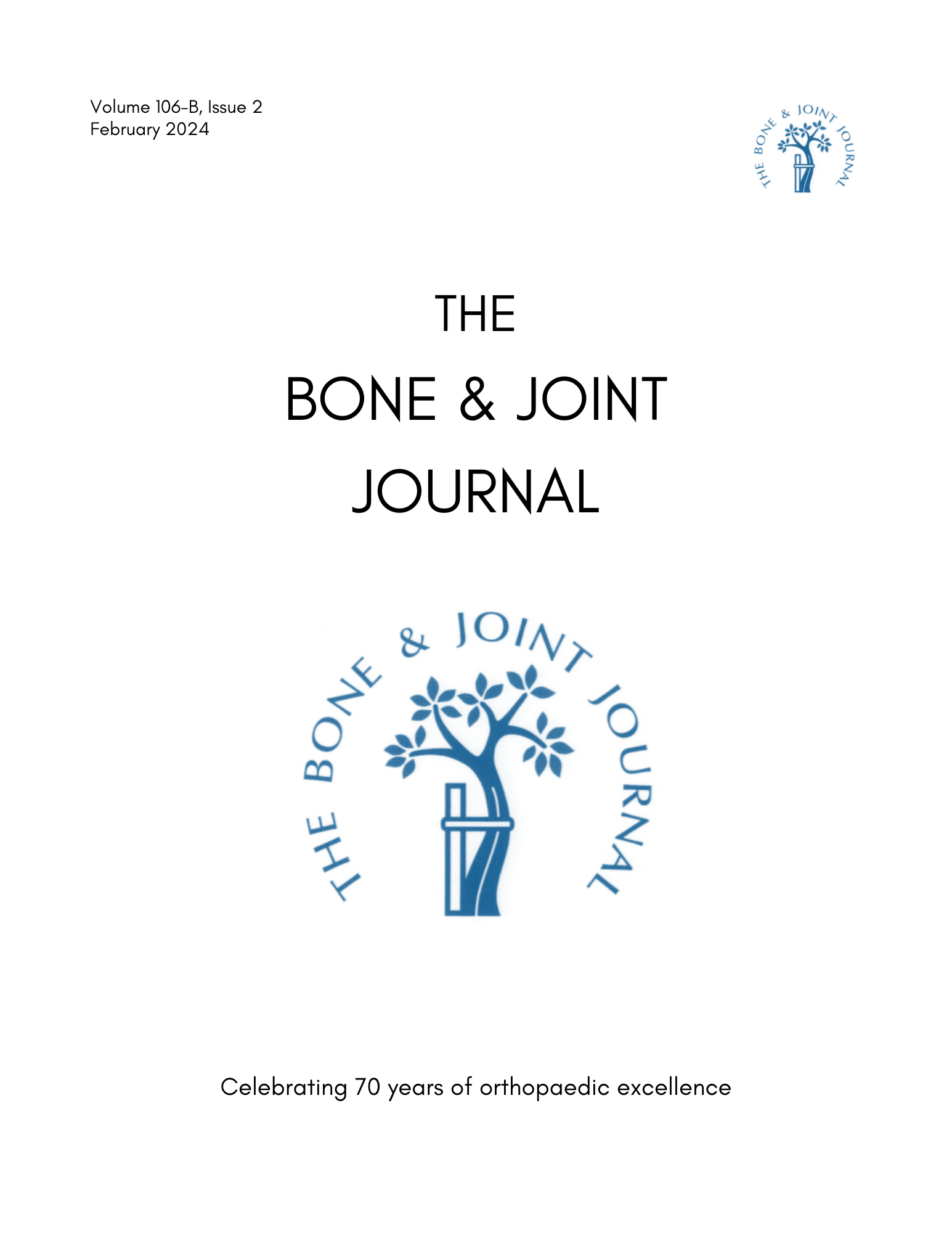
Higher incidence of pseudotumour formation and elevated cobalt levels with MoM vs MoP THA

Higher incidence of pseudotumour formation and elevated cobalt levels with MoM vs MoP THA
Pseudotumour incidence, cobalt levels and clinical outcome after large head metal-on-metal and conventional metal-on-polyethylene total hip arthroplasty: mid-term results of a randomised controlled trial
Bone Joint J. 2015 Nov;97-B(11):1481-7Did you know you're eligible to earn 0.5 CME credits for reading this report? Click Here
Synopsis
104 patients from a previous randomized controlled trial comparing metal-on-polyethylene (MoP) and metal-on-metal (MoM) bearings in total hip arthroplasty were considered for a posthoc review, of which 98 were available or eligible. A total of 93 of these patients were included. The purpose of the study was to compare the incidence of pseudotumour development between groups of this study populatio...
To view the full content, login to your account,
or start your 30-day FREE Trial today.
FREE TRIAL
LOGIN
Forgot Password?
Explore some of our unlocked ACE Reports below!

Learn about our AI Driven
High Impact Search Feature
Our AI driven High Impact metric calculates the impact an article will have by considering both the publishing journal and the content of the article itself. Built using the latest advances in natural language processing, OE High Impact predicts an article’s future number of citations better than impact factor alone.
Continue



 LOGIN
LOGIN

Join the Conversation
Please Login or Join to leave comments.